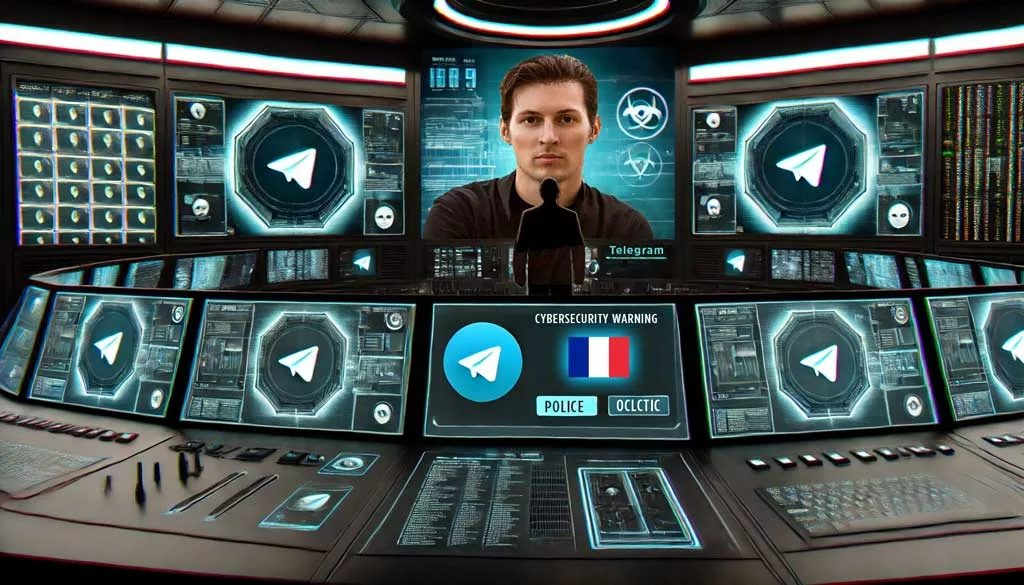Telegram and Cybersecurity: A Critical Moment On August 24, 2024, French authorities arrested Pavel Durov, the founder and CEO of Telegram, at Le Bourget airport in Paris. This event marks a turning point in how authorities handle cybersecurity and hold tech leaders accountable. The arrest highlights the ongoing struggle to balance user privacy with national […]
Stay informed!
Join our community of technology enthusiasts! Subscribe to our newsletter and receive exclusive updates on the latest news, special offers, and tips from Freemindtronic. Stay informed on the latest technology trends, discover new products, and be among the first to take advantage of them. Sign up now by entering your email address below. Don't miss any updates from Freemindtronic!








